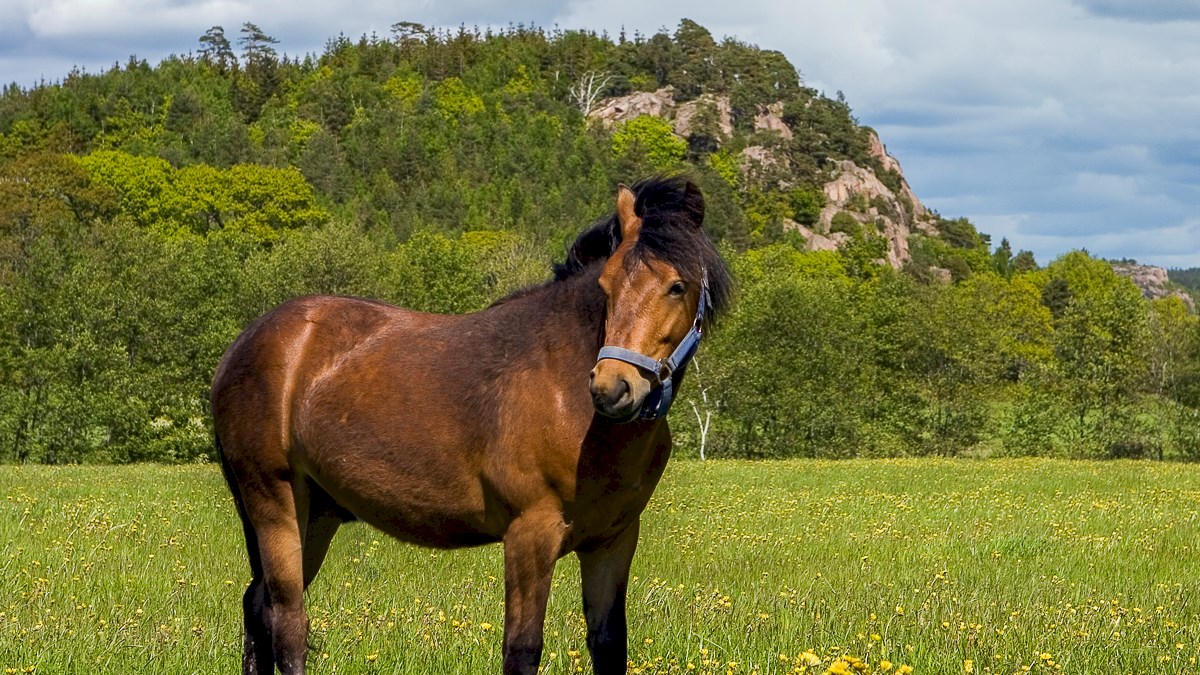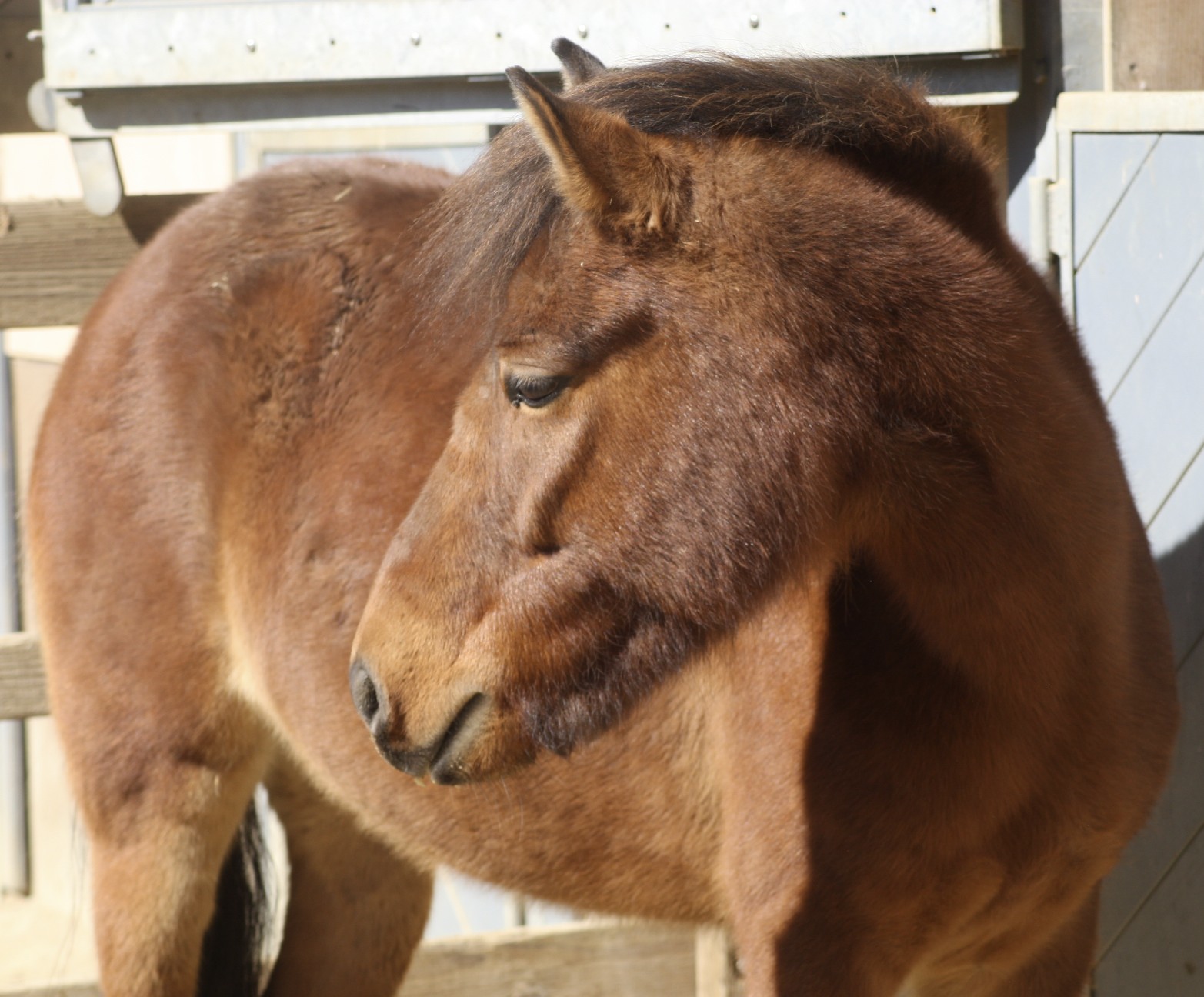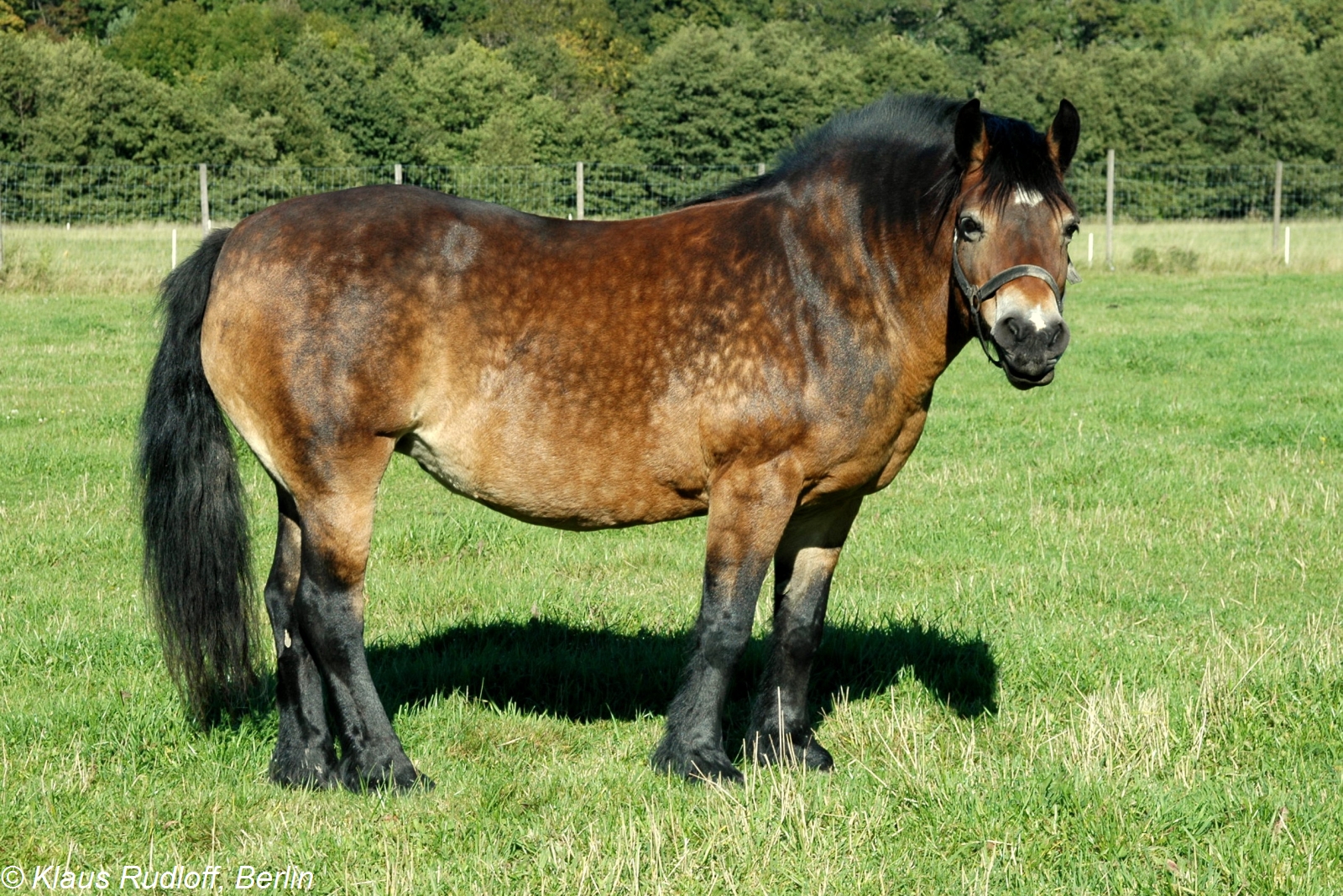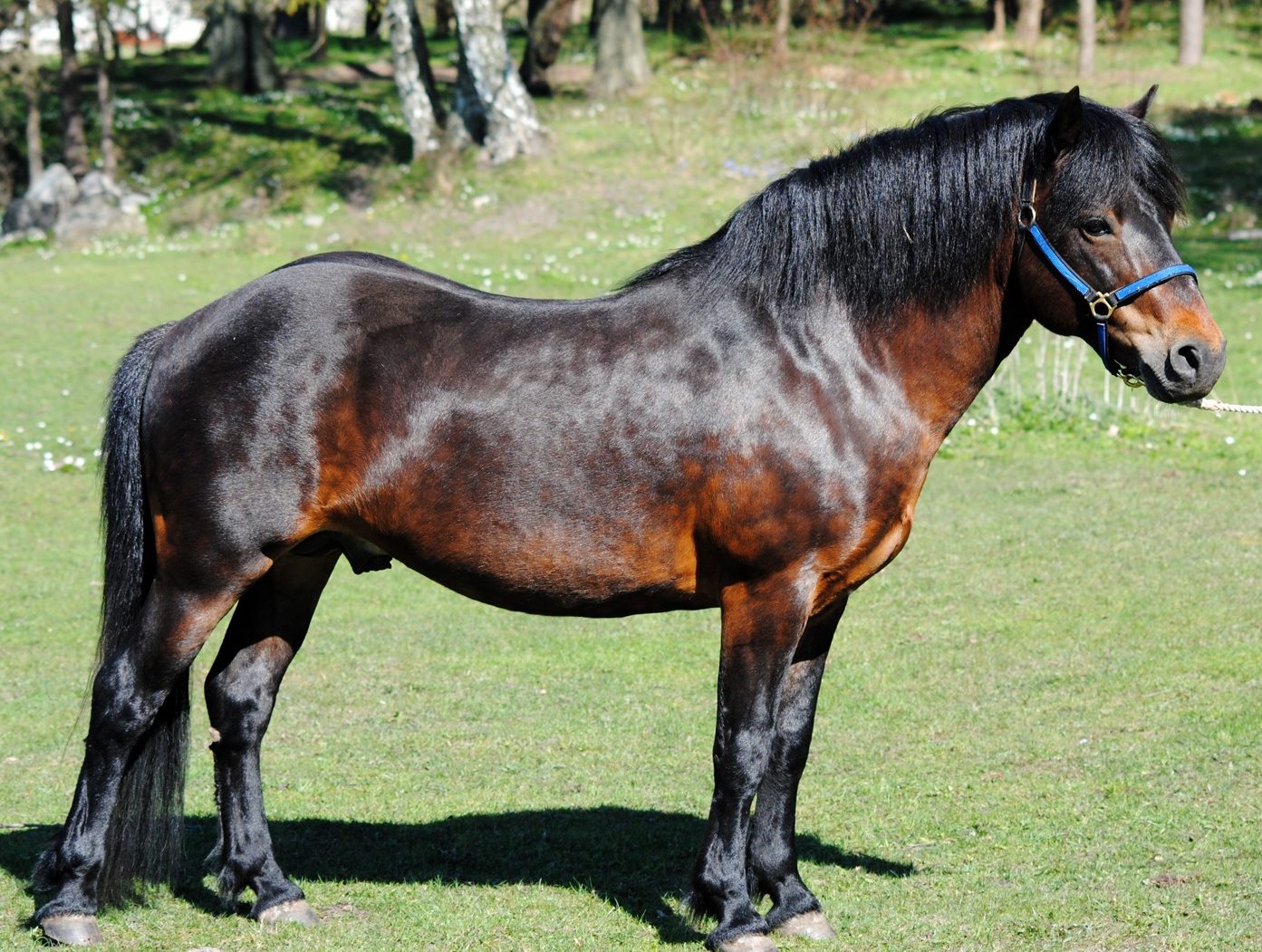
Gotland Pony – Origin, Characterstic, Features & More
- GOTLAND PONY HEIGHT: 12–14 hands
- ORIGIN OF GOTLAND PONY: Gotland, Sweden
- SPECIAL QUALITIES: An ancient but now rare breed of stocky ponies characterized by their “primitive” color and markings
- BEST SUITED FOR – Driving, jumping, children’s pleasure mounts

The island of Gotland lies in the Baltic Sea, east of Sweden. Small horses, very similar in type and color to the Exmoor Ponies of England, have lived there since the Stone Age. These horses, and the people who eventually settled on the island, contributed much to the history of Europe and the world. By 1800 BCE, the Goths had established their civilization on Gotland, and from these people, the island got its name.
Sculpture from 1000 BCE shows the people using Gotland-type horses to pull chariots. By approximately 200 BCE, the Goths began to migrate and settle in Eastern Europe, taking with them their household goods and livestock, including horses. Their travels took them through what is now eastern Germany, Poland, and western Russia to the Black Sea. Around 270 CE, they migrated into the Danube Valley.
A hundred years later they were driven into the Roman Empire by the Huns. At first, the Goths cooperated with the Romans but later overthrew them in the famous sacking of Rome in 410 CE. Goths invaded the Spanish peninsula in 414 CE, ruling from their capital of Toledo until the Muslim conquest in 711.
The Gotland is an ancient breed that has changed very little over the centuries.
Gotland Ponies roamed their island home for centuries before the arrival of humans.
Although the Goths left no written records, experienced horse historians can make solid educated guesses about breeds of horses that were influenced by the Gotland Ponies over the centuries. A number of these are European and Russian breeds not found in North America, but they also include the Gargano of Spain and possibly the ancient Sorraia of Portugal, both of which were directly involved with the history of horses coming to the New World.

Contents
An Ancient Lineage
Gotland Ponies lived for thousands of years in the forests of their Baltic island before humans arrived. They are believed to be directly descended from the ancient Tarpan, which became extinct in 1876 but was re-created in the early 1930s through careful selective breeding of individuals of similar types, including Gotlands. Gotland Ponies, known in Sweden as Russ and as Gotland Skogruss, which means “little horse of the woods,” existed in the wild quite successfully until the mid-1800s, when people began settling, dividing up the forests of the island of Gotland, and killing the horses.
By the early twentieth century, only about 150 Gotlands survived. Food shortages during World War I led poachers to hunt the ponies almost to extinction, but they were saved at virtually the last moment by a group of farmers who fenced in two hundred acres of pasture for them. Semi-wild Gotlands still roam the area, under the watch of human caretakers.
Gotlands were first imported into the United States in 1957. They became quite popular, with their numbers grew into the hundreds, until a series of tragic events occurred. After the death of the registrar of the breed association and the loss of all breeding records, interest plummeted, nearly eliminating the breed in this country.
In 1989, with fewer than ten known Gotlands scattered across the country, the last known herd, consisting of a stallion and several mares, was gathered up and brought to a farm in Corinth, Kentucky. This herd is still maintained under good management and has been augmented with several animals imported from Gotland.

Breed Characteristics of Gotland pony
Gotlands have not changed very much over their long history. They are excellent movers and can maintain their ground-covering trot with ease for a very long time. A few individual horses may be naturally smooth-gaited,
but the largest breeder in the United States says that this ancient trait rarely occurs in the horses currently found in this country. With their calm disposition, Gotlands make wonderful mounts for children. They are fine driving animals and have a significant natural jumping ability. They are long-lived, often remaining sound well into their thirties.
ConfirmationGotland pony range in size from 12 to 14 hands, but generally stand about 13 hands and weigh 600 to 700 pounds. They are stockier than Hackney Ponies of the same height.
The head has a straight or dished profile, with small, alert ears, a broad forehead, a shapely muzzle, large nostrils, wide-set eyes, and around the deep jaw. The neck is short and well-muscled. Pronounced withers are set into a long, straight back with a slightly sloping croup. The chest is deep and the shoulders muscular, long, and well sloped. Strong legs have solid joints, clearly defined tendons, and long cannons. The feet are round, strong, and extremely hard. Shoes are often unnecessary.
The mane and tail are full; the fetlock feather is light. In winter, Gotland pony have an exceptionally long, dense coat, but they shed out fully in summer.
Color
Common colors include gray dun, liver dun, buckskin, and black. Many Gotland pony is bay with “mealy” light color around the eyes, on the muzzle, and the belly. A few sorrels and palominos also exist. There are no longer any white horses or pintos in the breed. Dorsal stripes are common. A few horses have bars on the legs.
Known in their native land as Russ or “little horse of the woods,” a few semi-wild Gotlands still roam in protected forests in Sweden.

BREED ASSOCIATION FACTS AND FIGURES
According to the Gotland pony Russ Association of North America (founded in 1997):
- The association is affiliated with the Swedish Russ Breeders Association and follows its guidelines to maintain breed standards.
- The world population of Gotlands is approximately 7,000, with about 200 horses in North America, including Canada.
- About 20 new foals are registered in North America each year.
- North American horses are not automatically registered with the international society.
- In the United States, the breed is most common in Kentucky, West Virginia, and Virginia.
